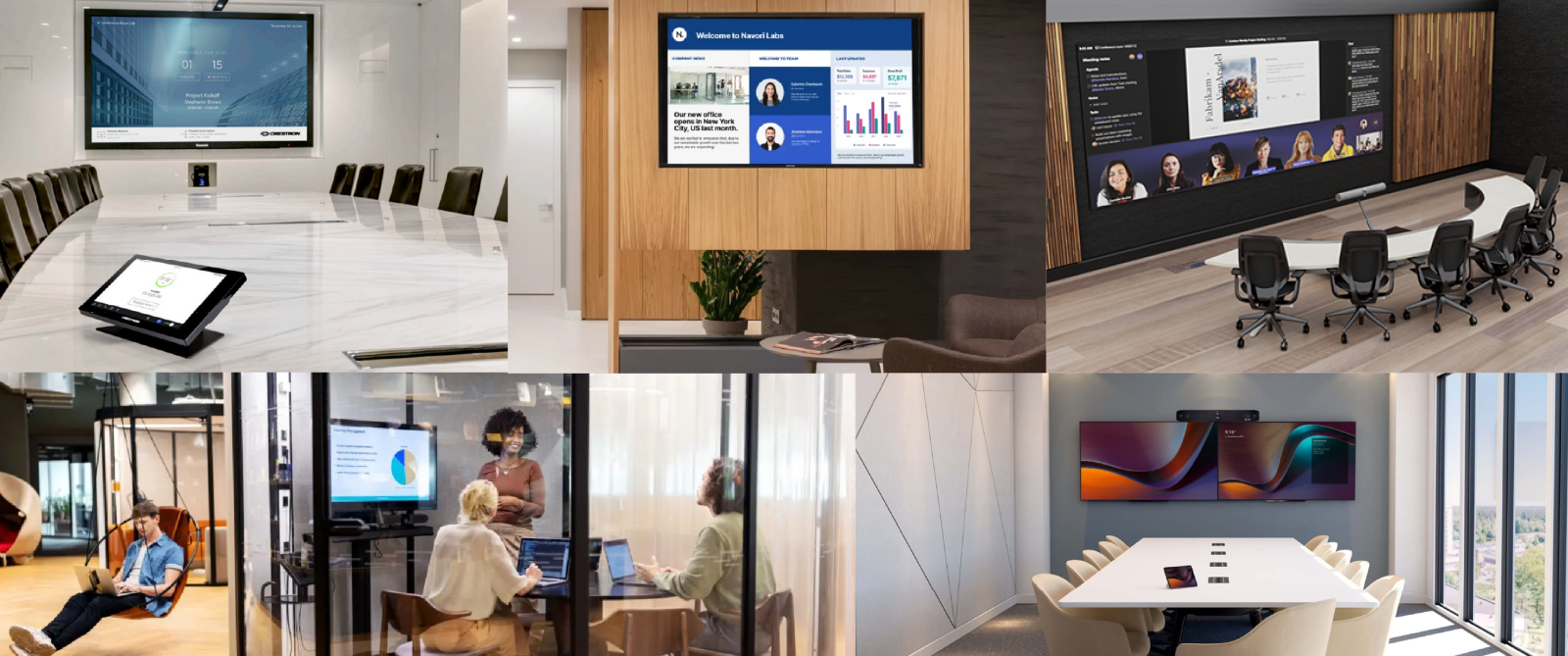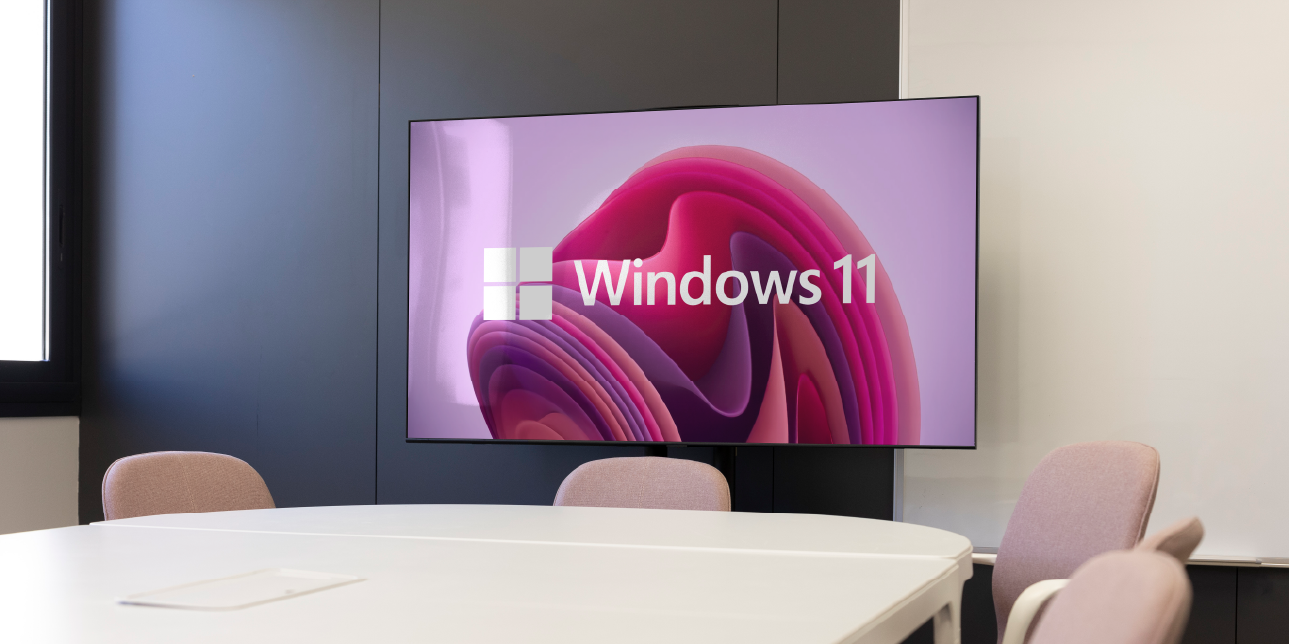When people think about the end of Windows 10 support, their minds often jump straight to laptops and desktop PCs. But the truth is far broader - and far more urgent. The devices sitting in your meeting rooms, on reception desks, or mounted on walls in offices could soon become unsupported, insecure, and out of date.
The End of Windows 10: What It Means Beyond Endpoints
Windows 10 will reach its end of support on 14 October 2025. After this date, there will be no more security patches or feature updates. While most IT teams are already planning endpoint refreshes or upgrades, it’s important not to overlook the other technologies throughout your organisation that quietly rely on Windows 10 - especially in the audiovisual (AV) and collaboration space.
Devices such as:
- Microsoft Teams Rooms (MTRs)
- Meeting room PCs
- Digital signage players
- Control panels for AV systems
- Touchscreens in huddle spaces or boardrooms

These all often run Windows behind the scenes. Once unsupported, they will not only pose a cybersecurity risk but may also fall out of compliance with internal IT policies and vendor support contracts.
Android 10: Already Out of Time
It’s not just Windows. Android 10 - the operating system still used by many conferencing panels and AV controllers - reached end-of-life in March 2023. Some software vendors, including Microsoft Teams, are offering limited extended support through to September 2025, but that’s not far off.
Devices running Android 10 today may appear to be functioning fine, but they’re already missing vital security updates. And come next year, they’ll be considered fully unsupported - affecting both performance and your ability to receive help when things go wrong.
A Hidden Weak Spot in Your IT Estate
AV infrastructure is often set up and then left to run quietly in the background. But it’s this exact lack of attention that makes it so vulnerable when platforms like Windows or Android reach end-of-support. Imagine walking into a meeting room where the Teams Room system no longer connects properly because of an outdated OS. Or a digital signage display that fails because it’s no longer compatible with the latest content tools. These aren’t hypothetical scenarios - they’re very real risks for companies that don’t plan ahead.
What Should Organisations Do?
The solution isn’t just about replacing hardware. It’s about auditing your entire technology estate to identify where unsupported operating systems might exist - even in areas that aren’t traditionally the focus of IT refreshes.
Key steps include:
- Conducting a full audit of all AV and meeting room devices
- Checking the OS version on each and verifying vendor support timelines
- Planning staged upgrades or replacements ahead of 2025 deadlines
- Engaging with your AV and IT partners to align on lifecycle management
Operating system support is a foundational part of IT hygiene. As support for Windows 10 and Android 10 phases out, organisations need to look beyond the desk - into the meeting rooms, breakout spaces, and collaborative hubs that power modern work.

